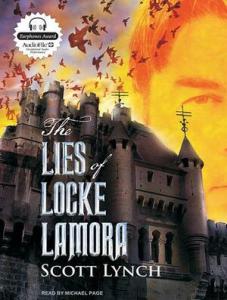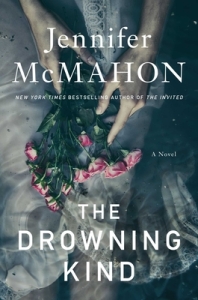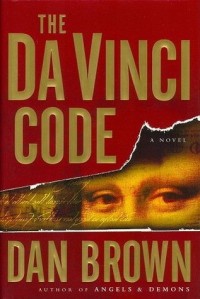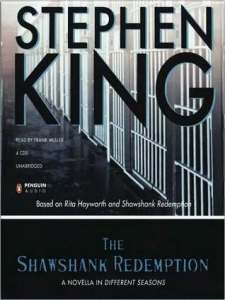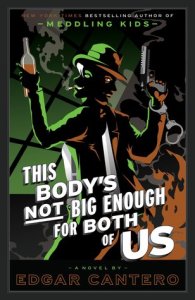
Title: The Death of Mrs. Westaway
Author: Ruth Ware
Genre: Thriller with Mystery vibes
Trigger Warnings: Death, death of parent, car accident, murder, poverty, threats of violence, grief, infidelity (mentions)
Back Cover:
On a day that begins like any other, Hal receives a mysterious letter bequeathing her a substantial inheritance. She realizes very quickly that the letter was sent to the wrong person—but also that the cold-reading skills she’s honed as a tarot card reader might help her claim the money.
Soon, Hal finds herself at the funeral of the deceased…where it dawns on her that there is something very, very wrong about this strange situation and the inheritance at the centre of it.
Review:
I did not have very high hopes for this book. It was another one from my Low Standards list, and while I was interested in the fortune-teller attempting to claim an inheritance that wasn’t hers, I’m not usually much for mystery/thriller books. I decided to give it a chance, but I did not have high expectations.
I very nearly DNF’d it pretty early in. Hal’s relentless, inescapable struggle with poverty was overwhelming, hard to read, and almost made me tap out just because it was so hard to read. But it also provided the foundation for why a generally honest twenty-something would pretend to be a long-lost granddaughter to scam her way into an inheritance that isn’t hers. I pushed through it, in part because I wanted to at least give it until my next break in case the actual scam part got interesting, and I’m so glad I did.
First off, I thought going in that Hal was going to be some kind of scammer. I suppose she technically was, but she wasn’t the cold-hearted grifter I’d expected – she was young, and scared, and alone, and doing this thing that she knows is wrong and is pretty sure is a mistake because she’s desperate and doesn’t know what else to do. I connected with her immediately and deeply wanted her to succeed.
The plot starts out with Hal just attempting to claim this inheritance, but it slides into more complicated territory very quickly. The Westaway family is full of secrets and nobody wants to share any of them with Hal. Even if Hal isn’t a long-lost granddaughter, her mother may have had some connection with this family in her mysterious past. And she’d better figure it out soon, because some of those secrets might turn deadly.
It’s fascinating and engaging. A tangle of family secrets in a very fucked-up family that slowly get discovered and a twist that I somewhat predicted but not from that character, set in a big, creepy, mostly-disused family mansion in a tiny British town. Even the family that Hal interacts with are interesting and varied as they wrangle with this new relative. I thought this story would be mostly about Hal’s moral dilemma, and there is some of that, but it’s also about family, family secrets, the ways the past haunts us, and a really good thriller as Hal tries to unravel secrets while protecting her own.
I was surprised by how much I enjoyed this book. I kept concocting theories about what had actually happened and how Hal and her mother were involved with these people, and though I got part of it, I was also way off on the crucial bits. It was twisty, layered, and a great reading experience. I’m so glad I pushed through the difficult beginning to finish it.

